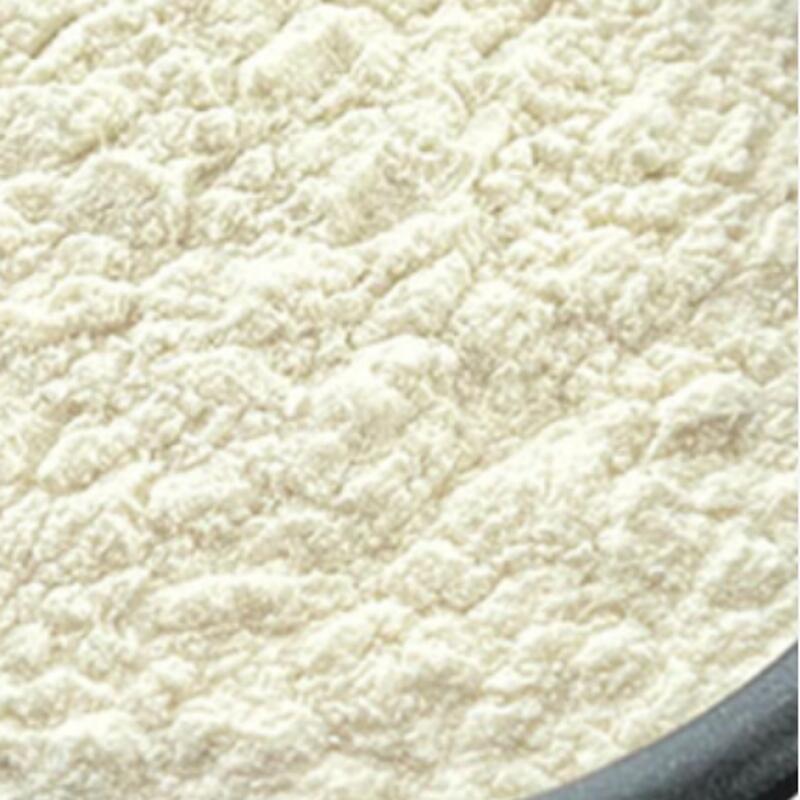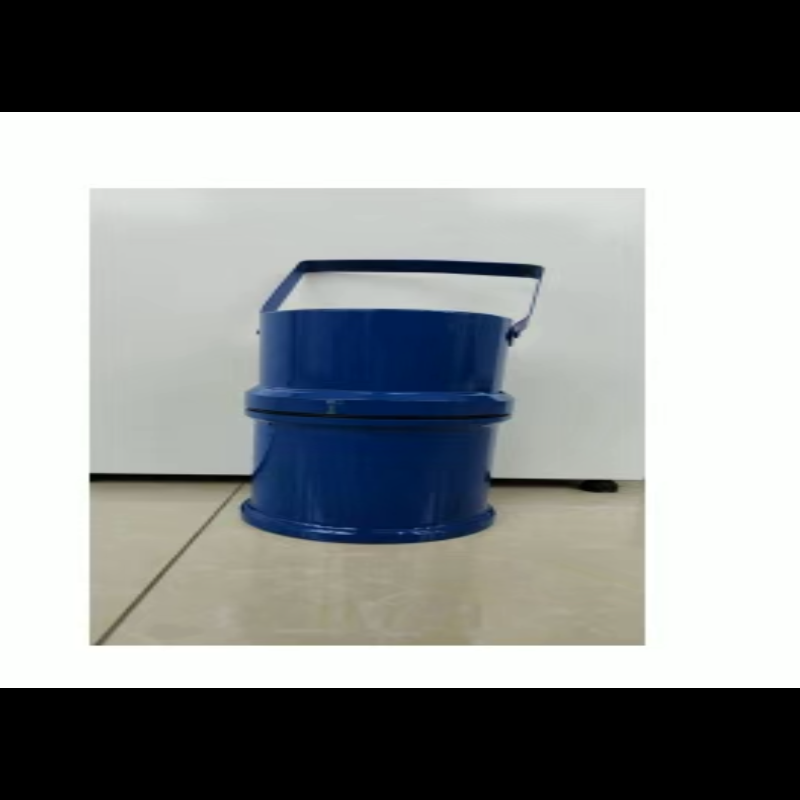-
Categories
-
Pharmaceutical Intermediates
-
Active Pharmaceutical Ingredients
-
Food Additives
- Industrial Coatings
- Agrochemicals
- Dyes and Pigments
- Surfactant
- Flavors and Fragrances
- Chemical Reagents
- Catalyst and Auxiliary
- Natural Products
- Inorganic Chemistry
-
Organic Chemistry
-
Biochemical Engineering
- Analytical Chemistry
-
Cosmetic Ingredient
- Water Treatment Chemical
-
Pharmaceutical Intermediates
Promotion
ECHEMI Mall
Wholesale
Weekly Price
Exhibition
News
-
Trade Service
(2) In acidic medium, the reaction process of dicyandiamide and formaldehyde
Step 1: Dicyandiamide reacts with formaldehyde to form dimer
Step 2: The dimer can further react with dicyandiamide or formaldehyde to form a trimer.
① Preparation of dicyandiamide-formaldehyde polymer
In industrial production, the "one-step" reaction was used to prepare dicyandiamide-formaldehyde polymer, which is to put all the raw materials into a reactor for reaction at a time
a.
I.
II.
I.
b.
Install an electric stirrer, thermometer, and reflux condenser on a 250mL four-necked flask, adjust the reaction temperature with an electric heating mantle and a cold water bath, first add 61mL of 37% formaldehyde, and add 23.
c.
I.
II.
② Preparation of modified dicyandiamide formaldehyde polymer
In order to further improve the decolorization and flocculation performance of the dicyandiamide-formaldehyde polymer, or reduce the cost of the product, and improve the cost performance, it is necessary to improve the preparation process of the dicyandiamide-formaldehyde polymer and develop a modified dicyandiamide-formaldehyde polymer Polymer, it is convenient to broaden the application range of dicyandiamide-formaldehyde series polymers
a.
I.
II.
The author and others have used chemical raw materials such as dicyandiamide, formaldehyde, aluminum salt and sulfuric acid to prepare organic-inorganic composite modified dicyandiamide-formaldehyde polymer.
The specific process: first add a calculated amount of water and inorganic Acid, and control the pH value of the system at 1.
0-2.
0, then add dicyandiamide and formaldehyde under stirring, after the reaction is kept at 90~100C for 4~5h, the aluminum salt is added to the solution obtained by the polycondensation reaction under stirring , And then lower the temperature of the solution to 80-90°C for 2 to 3 hours to obtain the product
.
b.
Method two
I.
Add 205g of formaldehyde and 81g of dicyandiamide to a three-necked flask with a stirring system, thermometer and condenser.
After the dicyandiamide is dissolved, add 37g of ammonium chloride, and then add 18g of urea, and react at 97°C for 3h.
Obtain modified flocculant products
.
II.
Add 240g of 37% formaldehyde and 81g of dicyandiamide to a three-necked flask with a stirring system, thermometer and condenser to dissolve the dicyandiamide, add 48g of ammonium chloride and 30g of urea, and then increase The temperature of the water bath reaches 95°C
.
And react for another 4h at this temperature, and then obtain the modified flocculant product after cooling
.
I.
In a three-necked reaction flask, add 285 g of 37% formaldehyde, 81 g of dicyandiamide, and 53 g of ammonium chloride, and then add 48 g of urea, and heat to 97° C.
to react for 4 hours to obtain the product
.
IV.
The reaction process and the reagents used are the same as above, add 295g formaldehyde, 81g dicyandiamide, control the reaction temperature and add 68g ammonium chloride under the condition of 55℃, increase the temperature to 110℃ and react for 2h, add 60g urea, at this temperature Continue the reaction for 4 hours to obtain the modified flocculant product
.







